Asian Carp Control Methods
4In late October 2015, two small silver Asian carp were found in the Marseilles Pool of the Illinois River, according to a release from the Asian Carp Regional Coordinating Committee (ACRCC). The find means that the invasive species has moved about 12 miles closer since the last determination, putting them within more than 76 miles of Lake Michigan.
This was preceded by another discovery that small fish may be able to pass through the electrical barriers in Chicago’s Sanitary and Ship Canal by getting stuck in small spaces beneath ships. Not surprisingly, many have considered the odds that Asian carp could exploit the weakness and work their way into the Great Lakes.
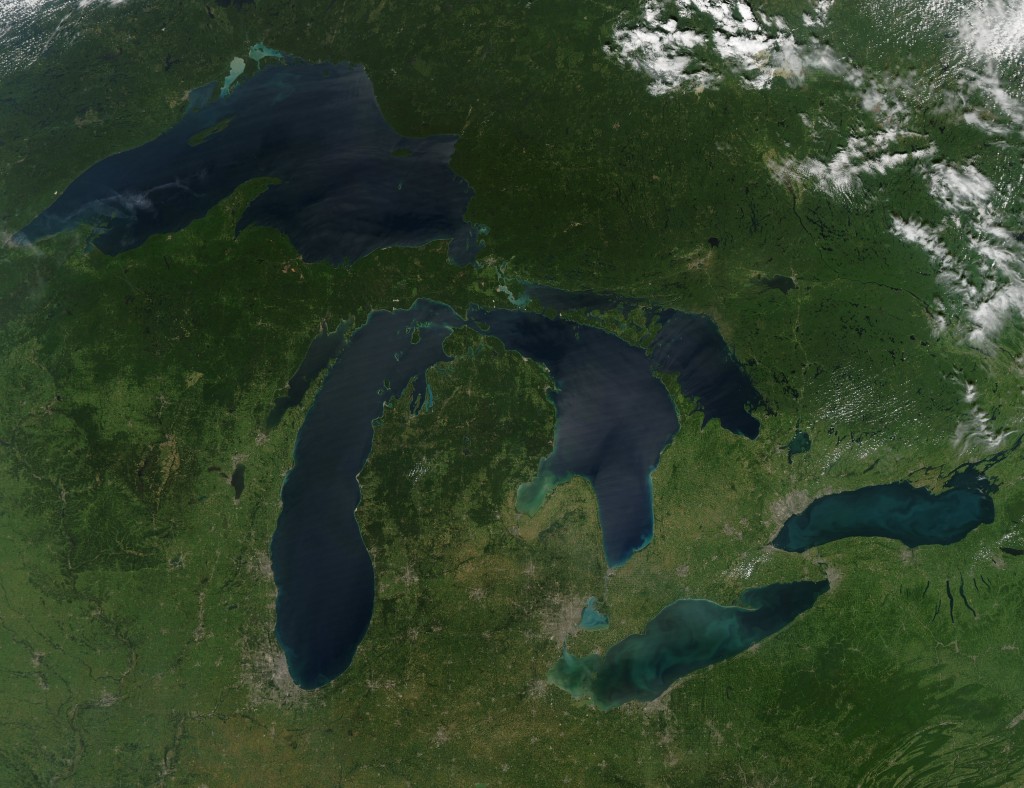
Scientists have been working for decades to keep the invasive fish out of the water bodies, and deserve some credit for the fact that Asian carp don’t currently live in the Great Lakes. The retreating victory is also shared by government agencies, like the ACRCC and others.
What sort of tactics are they throwing at invasive Asian carp? A post from the Detroit Free Press is very illuminating on some of the efforts that scientists are putting forth:
- Super-oxygenating the water Asian carp live in so they die;
- Creating nanoparticles filled with poison to target them;
- Deploying curtains of bubbles or annoying noise to drive them away;
- Firing jolts of electricity at them using a backpack-mounted “ray gun”;
- Dispelling Asian carp with water guns;
- Using pheromones to drive the fish away or attract them to areas where they can be easily killed;
- Developing “biobullets” with tiny, calibrated doses of poison to kill only them;
- And altering Asian carp eggs so that their offspring are sterile.
“We can control Asian carp if we put the time, effort and will into it,” said Duane Chapman, a fisheries biologist with the U.S. Geological Survey, to the Detroit Free Press.
“It’s very exciting to be part of the efforts to control a major economic and environmental problem,” said Reuben Goforth, assistant professor of forestry and natural resources at Purdue University, to the newspaper. “But it’s too bad we need to do this. We need new priorities. We need to be looking at the next invasive species.”




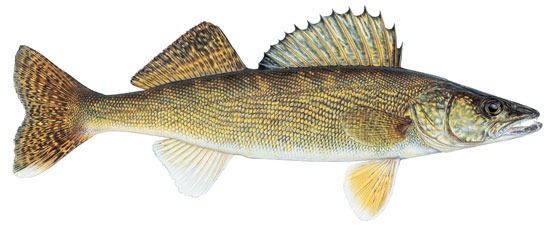
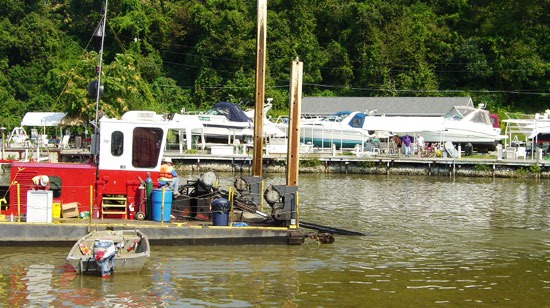
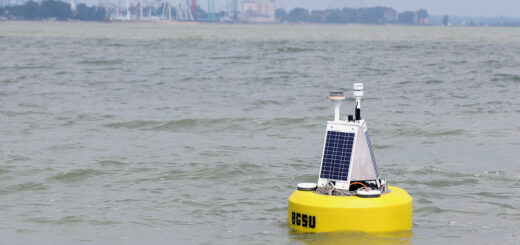
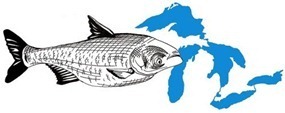






Restore native predators, they don’t poison dont pollute don’t do anything but eat baby asian carp! The Asian Carp don’t care how much poison we have, or boom cannons, nets only increase them they only care about predators and and have several just not enough of them yet!
Capturing and removal methods can be implemented. The fish should be used to feed less fortunate areas of the world, also for feedstock, and fertilizers. The removal methods can be repeated as any and all other species returned to the water immediately.
The fish are so ugly! LOL
So much money spent. And how many native fish killed. These methods kill the carp as well as all other fish. If you kill off all the native fish what are you saving??? How about a family past time renewed. Put a 50 cent bounty on carp heads. No more money spent than your other ideas. Have fish shops set up with funds to buy back the carp heads and that gets sold for fertilizer. Set up restaurants to pick up fish bodies. The family that fishes together saves the environment. We have killed off lots of species, I am pretty sure we could kill off the carp if given an incentive. Has worked every time in history when bounties.